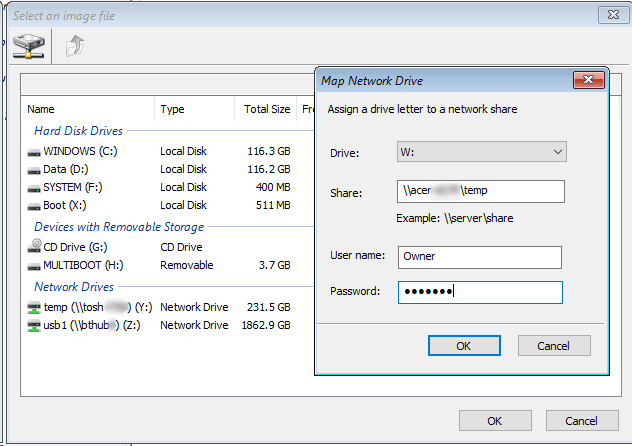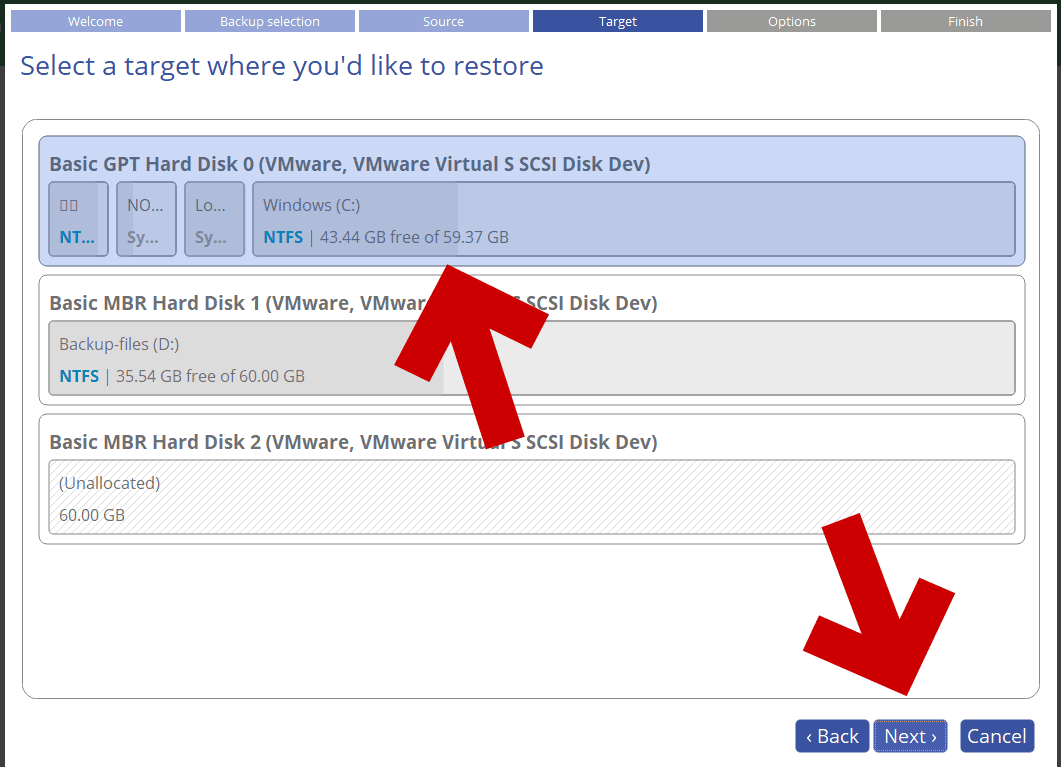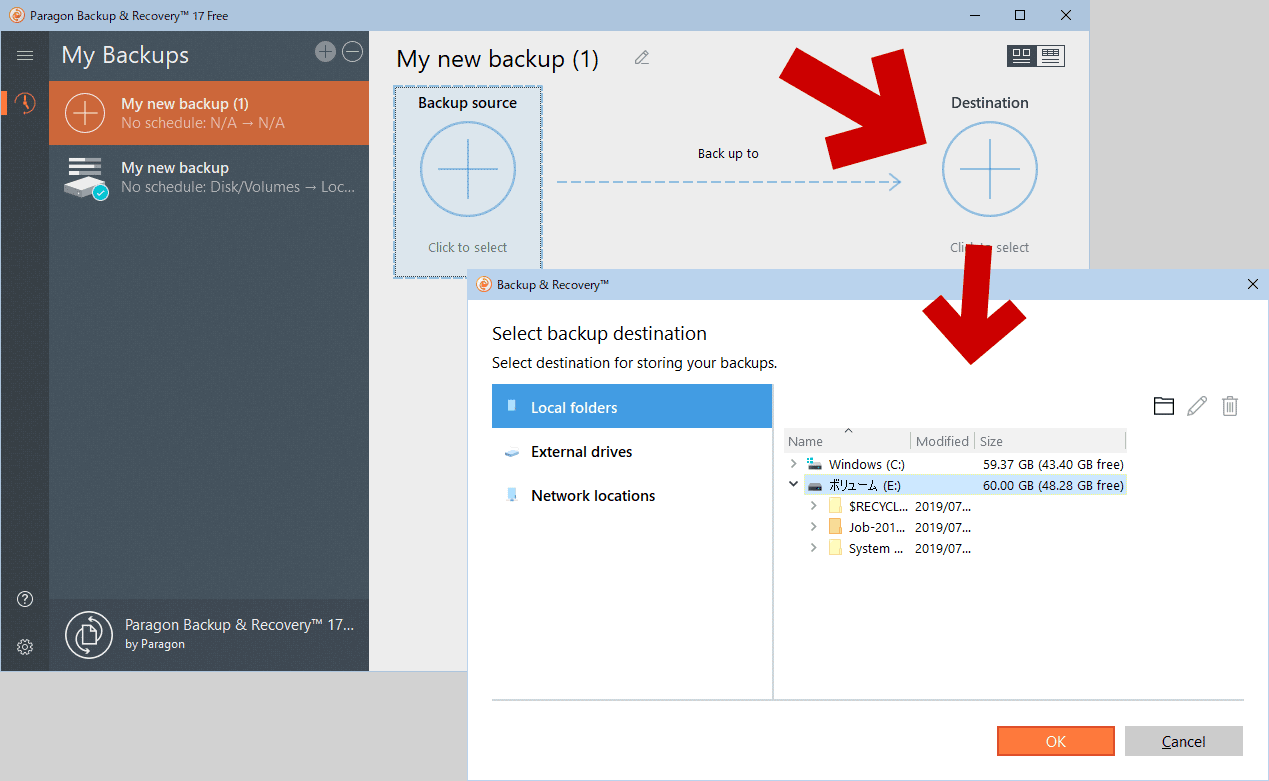
The reason I always put the “ image” on the Paragon Recovery Disk (if it’ll fit) is that makes restoring it much simpler (i.e. the disk will be fully defragmented when the restore is done.)Īnother question: Is it possible to copy my current C: drive (in my laptop) as in an image backup using Paragon Backup & Recovery software onto an external HD? I already have a Recovery USB for both my desktop and laptop.Īs pointed out, the backup image can be placed anywhere that Paragon sees as a “ valid” destination ( note: don’t put it on the same drive you’re backing up as that defeats the whole reason for the backup - restoring that drive if there’s a problem.) One “ undocumented” advantage of doing backups/restores this way is, when you restore the backup image to a disk, it only restores the “ in use” sectors and they get restored “ contiguously” with no gaps between them (i.e. my drive is 512GB with only 95.1GB “ in use” and my current image backup is 34.5GB.

Of course, it’s also possible to use a “ different” source for the backup image but you should make sure it’s plugged in before you boot from the Paragon recovery disk (sometimes the Paragon S/W won’t “ see” the other device unless it was actually plugged in when the system powered up.)īTW, your image backup will not be as large as the drive you’re backing up since it only backs up the “ in use” sectors on the disk.

I use a 64GB USB thumb drive (which is large enough to hold both the Paragon S/W and a full image backup of my system drive) plugged into a USB 3.1 port on my PC and it takes ~20 mins to complete the backup.

You boot from the recovery disk, choose the backup wizard, select the drive you want to backup, select the source where you want to put the backup, then apply the changes. I use Paragon and to do a “ full” image backup you need to use a Paragon recovery disk.


 0 kommentar(er)
0 kommentar(er)
